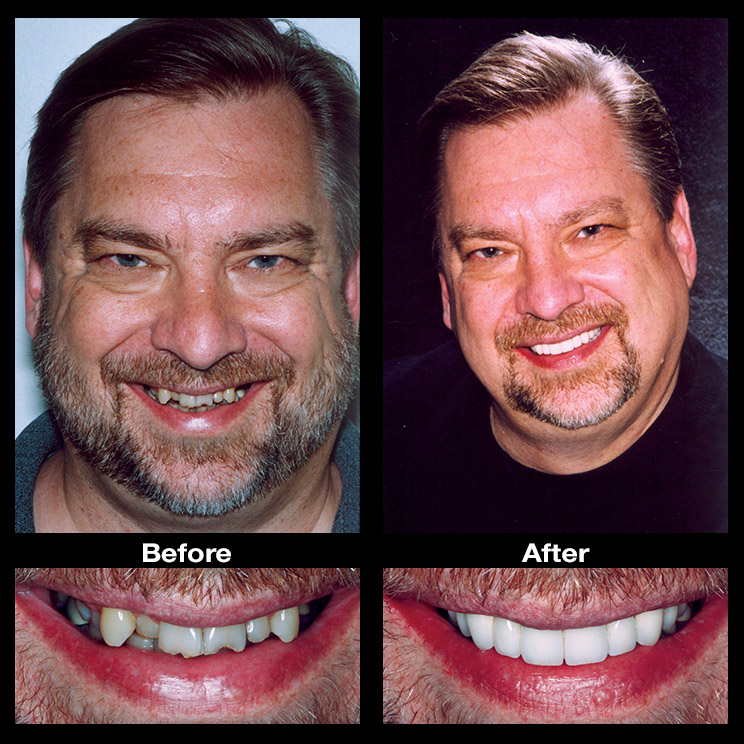Does A Filling Hurt
The mere mention of a filling can conjure up images of drills, needles, and anxiety for many individuals. However, with advancements in dentistry and a deeper understanding of patient comfort, the experience of getting a filling has become significantly more manageable. So, does a filling hurt? The answer is more nuanced than a simple yes or no, as it depends on various factors, including the type of filling, the location of the tooth, and the individual’s pain tolerance.
The Procedure: What to Expect
When a dentist decides that a filling is necessary, it’s typically because a tooth has decayed to the point where the decay needs to be removed to prevent further damage. The process begins with the dentist numbing the area around the tooth with a local anesthetic. This is usually the part of the procedure that might cause slight discomfort, but it’s a brief pinch. Once the area is numb, the dentist uses a drill to remove the decayed portion of the tooth. This part of the procedure should not be painful, as the anesthetic blocks the nerve endings in the tooth and surrounding gum tissue, preventing pain signals from reaching the brain.
After the decay is removed, the dentist cleans the area and prepares it for the filling material. The choice of filling material (such as amalgam, composite resin, gold, or ceramic) can affect the procedure slightly, but the basic steps remain the same. The dentist then fills the tooth, shapes the filling to match the natural contours of the tooth, and polishes it to prevent any rough edges that might irritate the tongue or cheeks.
Pain and Discomfort: When It Might Occur
While the filling procedure itself should be painless due to the anesthetic, some discomfort might be experienced during or after the procedure.
During the Anesthetic Injection: A slight pinch or stinging sensation can occur when the anesthetic is injected. This is usually very brief and is a necessary step to ensure the rest of the procedure is painless.
After the Procedure: Once the anesthetic wears off, some sensitivity or discomfort might be felt, especially if the filling is deep or if the tooth was particularly sensitive before the procedure. This sensitivity can be managed with over-the-counter pain relievers and usually subsides within a few days.
In Cases of Deep Decay: If the decay is very close to the pulp (the soft tissue inside the tooth containing the nerve), there might be some discomfort during or after the procedure. In such cases, the dentist might recommend a root canal if the pulp is infected or inflamed.
Minimizing Discomfort: Tips for Patients
While the process of getting a filling is generally not painful, there are steps patients can take to minimize any discomfort:
- 껀cape Anxiety: If anxiety is a significant factor, discussing sedation dentistry options with the dentist might be beneficial.
- Local Anesthetic: Ensuring the area is fully numb before proceeding can make a significant difference.
- Maintain Good Oral Hygiene: Regular check-ups and good oral hygiene can prevent decay from becoming severe, potentially making the filling process less invasive.
- Post-Procedure Care: Following the dentist’s instructions for post-procedure care can help in managing any sensitivity or discomfort.
Conclusion
In conclusion, while the prospect of getting a filling might evoke concerns about pain, the reality is that with modern dentistry, the procedure is generally comfortable. Understanding what to expect and discussing any concerns or fears with the dentist can significantly reduce anxiety. By choosing a skilled dentist and following their guidance, patients can undergo the filling procedure with minimal discomfort, restoring their tooth and overall oral health.
Will I feel pain during the filling procedure?
+No, you should not feel pain during the procedure itself, thanks to the local anesthetic. However, you might experience a slight pinch when the anesthetic is injected, and some sensitivity after the procedure.
How long does it take for the sensitivity to go away after a filling?
+Typically, sensitivity after a filling can last from a few days to a couple of weeks, depending on the depth of the filling and the individual’s healing process. Over-the-counter pain relievers can help manage this sensitivity.
Can I eat immediately after getting a filling?
+It’s usually recommended to wait until the anesthetic has worn off before eating to avoid biting your tongue or cheek. For fillings made of certain materials, your dentist might advise waiting for a specific period before consuming hot or cold foods and drinks to minimize sensitivity.


